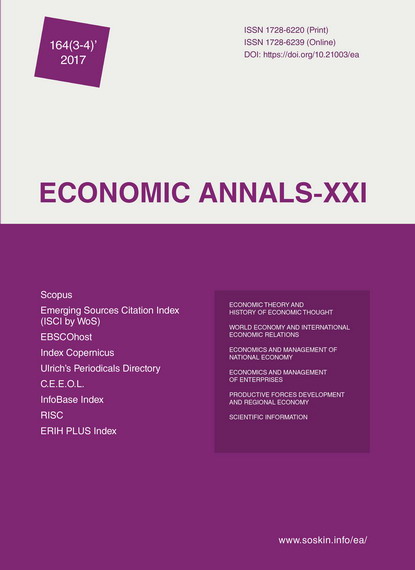Actual trends in the recruitment process at small and medium-sized enterprises with the use of social networking
Actual trends in the recruitment process at small and medium-sized enterprises with the use of social networking
Author(s): Gabriela Pajtinkova Bartakova, Katarina Gubiniova, Jarmila Brtkova, Miloš HitkaSubject(s): Labor relations, Human Resources in Economy
Published by: Institute of Society Transformation
Keywords: Social Networks; Recruiting; Employee; Employer; Headhunter; University; Students; Graduates; LinkedIn; Twitter; Chi-square Statistics;
Summary/Abstract: Scientific and technological progress has influenced all areas of public life, as well as human resources management. Modern technologies enable us to obtain information easily and effortlessly. Recruitment is a process which aims to ensure a sufficient number of suitable candidates on time and at the lowest cost. In addition to classic methods used by enterprises in the recruiting process, new ways have been gradually developed. These modern methods include social networks which are currently used by almost everybody. Our purpose is to define the potential and usability of social networks for employers at small and medium-sized enterprises. The authors of the article used a questionnaire to collect research data in 2016. The sampling unit consists of university students and graduates because young people mostly use social networks, in particular to search for available jobs. A total of 392 respondents were involved in the research including 211 respondents from Slovakia and 181 respondents from other countries. The respondents were university students and graduates from 16 Slovak universities and 24 foreign universities established in Austria, Great Britain, Hungary, Italy, Lithuania, the Netherlands, Poland, Sweden and the USA. Following the outcomes of the research, there exist statistically significant differences mainly between the use and evaluation of social networks, which are relevant to the perception of advantages and use of social networks while searching for jobs by Slovak and foreign university students and graduates. All the respondents see advantages and the potential of social networks in the case when such networks are used to search for jobs. Based on the results obtained, we may conclude that the social networks which recruiters in Slovakia should focus on when looking for employees include Facebook, Google+, Pokec, Skype and YouTube. In addition to classic methods of recruiting applicants, HR specialists should use the aforementioned social networks. The reason is that these social networks are the most used in Slovakia. Social networks provide great potential and are increasingly used by recruiters, too. At the same time, we found that only 3.32% of the Slovak respondents significantly use social networks in their search for jobs. The most frequent answer was searching for jobs through friends’ recommendations. This option was used by 52.13% of the Slovak and 62.43% of the foreign respondents. The evaluation of social networks by the Slovak and the foreign respondents was not statistically significant. However, a significant difference was observed in the evaluation of advantages of social networks mainly in the ≪low time consumption≫, ≪a lot of information in one place≫, ≪availability≫ and ≪quick feedback≫. Such advantages were crucial for the Slovak respondents. As part of the future potential of social networks, the opinion of the Slovak and the foreign respondents was highly similar. Social networks have growing popularity since the time they were launched. When respondents use social networks to search for a job, they turn to their friends who can help them to find suitable employment or they use websites where vacancies are presented. However, it also depends on employers who have begun to use social networks as a quick way to reach potential applicants by offering eye-catching employment. In order to attract potential applicants, we recommend employers to place job offers in social networks. Now they are widely used and we expect that the impact will continue to grow.
Journal: Економічний часопис - ХХІ
- Issue Year: 164/2017
- Issue No: 03+04
- Page Range: 80-84
- Page Count: 5
- Language: English

